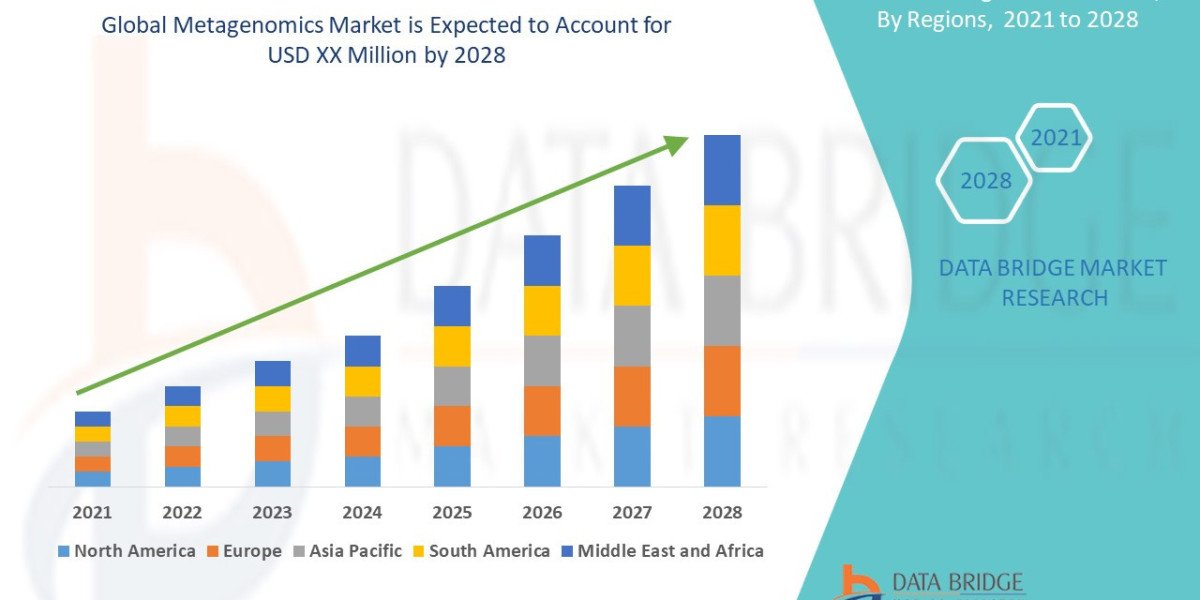The Credit Intermediation Market Trends highlight how modern financial ecosystems are evolving to bridge the gap between borrowers and lenders through technology-driven models and innovative financial services. This market plays a critical role in facilitating lending, enhancing liquidity, and strengthening overall credit access across both consumer and corporate sectors. As digital transformation accelerates, institutions are reimagining the frameworks of financial intermediation and loan brokerage to create more efficient, transparent, and customer-centric systems.
Digital Evolution and Market Dynamics
The rise of digital payments and open banking ecosystems is redefining how credit intermediation operates. For instance, the Germany Digital Payment Market exemplifies how rapid digitization is fostering seamless financial transactions and enabling quicker credit assessments. Simultaneously, innovations in the Argentina Banking as a Service Market are empowering fintechs and traditional banks to collaborate more effectively in offering flexible credit solutions. Together, these developments enhance lending facilitation and expand access to tailored credit service models for diverse financial needs.
Drivers of Growth in Credit Intermediation
Growing demand for convenient lending platforms, robust regulatory compliance frameworks, and the expansion of digital infrastructure are major factors propelling the global credit intermediation industry. Institutions are leveraging automation and analytics to improve risk assessments, reduce default rates, and ensure efficient bank-mediated lending. Additionally, as the global economy embraces fintech innovations, financial intermediation is transitioning from traditional, paperwork-heavy systems to real-time, data-driven processes that support faster decision-making.
Innovation and Technology Integration
Technological advancements such as AI, big data analytics, and blockchain are transforming the way lending institutions operate. These tools enhance transparency in loan brokerage, streamline underwriting, and improve overall credit scoring accuracy. The integration of financial intermediation platforms with digital payment solutions ensures smoother fund transfers and better borrower experiences. Furthermore, embedded finance solutions are enabling non-banking entities to participate in credit distribution, expanding the market’s reach and competitiveness.
Future Outlook of the Credit Intermediation Market
As global markets continue to digitize, the credit intermediation landscape will evolve toward higher automation, security, and inclusivity. The growing collaboration between traditional banks, fintech firms, and regulatory bodies will lead to more efficient credit service delivery and better financial outcomes. The emphasis on digital transformation, coupled with advances in financial analytics, will make credit access more equitable and sustainable across both developed and emerging economies.
FAQs
What is credit intermediation?
Credit intermediation refers to the process by which financial institutions facilitate lending between borrowers and lenders, often involving services such as loan brokerage and credit assessment.What factors are driving the growth of the credit intermediation market?
Key factors include digital payment innovations, automation, regulatory improvements, and the rise of fintech-led financial intermediation models.How is technology influencing credit intermediation?
Emerging technologies like AI and blockchain enhance credit risk evaluation, streamline lending processes, and promote transparency in bank-mediated lending operations.




